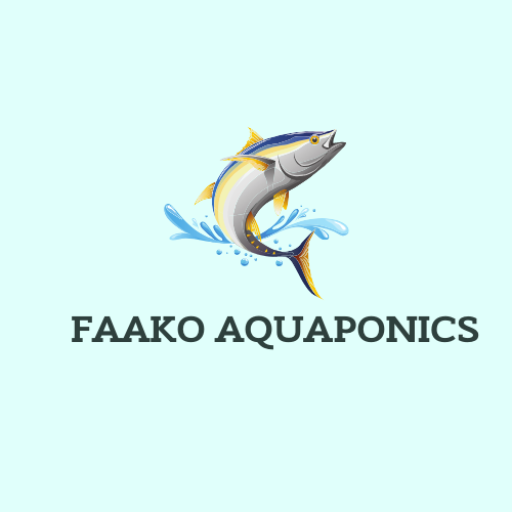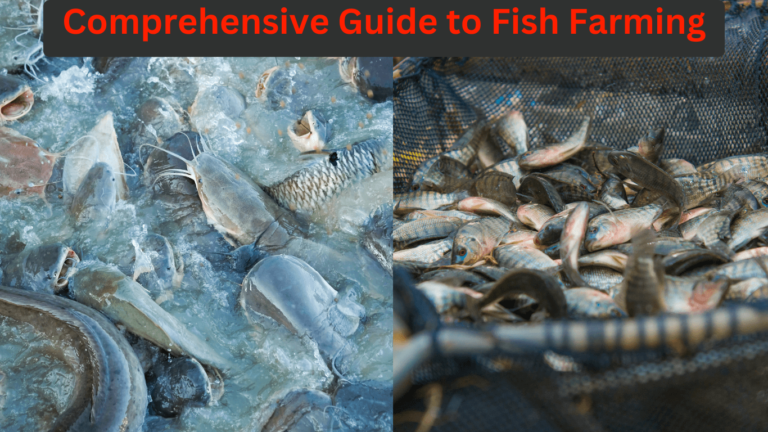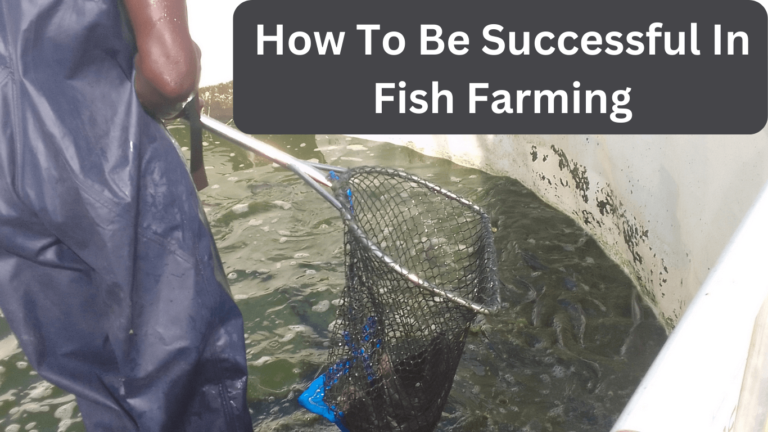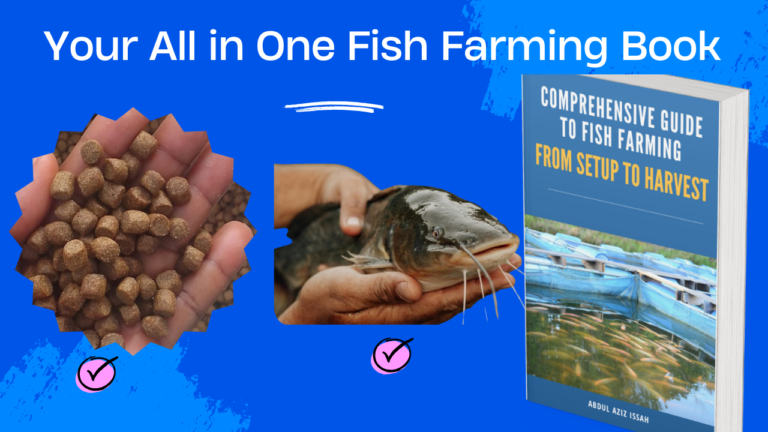Comprehensive Guide to Fish Farming is key for you as a fish farmer. Whether you’re looking to produce fish for personal consumption, sell in local markets, or scale to a commercial level, there’s a wealth of opportunities awaiting in this industry.
But like any other farming practice, success in fish farming requires more than just passion. it demands knowledge, strategy, and practical insight.
In this post, we’ll explore essential aspects of fish farming that you need to know if you want to succeed. As you navigate this exciting field, having a Comprehensive Guide to Fish Farming can be the key to avoiding costly mistakes and maximizing your results.
Why Fish Farming is Important
With the global demand for seafood on the rise and wild fish stocks depleting, fish farming has emerged as a sustainable solution to meet market needs. Fish farms, whether small or large, allow you to produce fish efficiently, ensuring a steady supply of fresh seafood. From tilapia and catfish to more exotic species like trout barramundi, and koi, there’s a wide variety of fish that can thrive in different farming systems.
Here are just a few reasons why fish farming has become so popular:
1. Sustainability: Fish farming provides a more controlled environment than wild fishing, helping preserve natural fish populations while reducing environmental impact.
You have full control of when and how to produce fish and this helps in the sustainability of the fish industry.
2. Profitability: A well-managed fish farm can be highly profitable due to the high demand for fresh fish in restaurants, grocery stores, and farmers’ markets.
3. Flexibility: Fish farms can be established in a variety of settings, from backyards and rural areas to larger commercial setups.
While fish farming can be a lucrative business, it comes with its challenges. Proper setup, water quality management, feeding practices, disease prevention, and sustainability measures are critical factors to consider. That’s why having access to a Comprehensive Guide to Fish Farming is invaluable—it helps you navigate these challenges successfully.
Key Elements of a Successful Fish Farm
To set up and maintain a successful fish farm, there are several core elements you need to focus on. These aspects are not only vital for day-to-day operations but also for long-term success and growth.
1. Selecting the Right Fish Species
Your choice of fish species depends on your farming environment, market demand, and your level of experience. Some species, like tilapia and catfish, are more resilient and beginner-friendly, while others may require more specific conditions. The Comprehensive Guide to Fish Farming provides detailed insights into choosing the right species, ensuring you get the best results.

2. Proper Farm Setup
Setting up your fish farm is arguably the most crucial part of the process. Whether you choose a pond, tank, or recirculating system. the layout and construction must be optimized for the species you plan to farm.
A well-designed farm helps maintain healthy fish, reduces mortality, and maximizes production. With the guidance of the Comprehensive Guide to Fish Farming, you’ll learn how to set up a farm that’s both efficient and scalable.
3. Water Quality Management
The health and growth of your fish depend on the quality of water in your farm. Managing water parameters such as pH level, dissolved oxygen, and ammonia levels are essential to prevent stress and disease in fish.
The Comprehensive Guide to Fish Farming breaks down the science of water management in easy-to-understand terms, providing you with practical strategies to ensure your fish is healthy.
4. Feeding and Nutrition
Providing the right nutrition is key to raising healthy fish. Different species have different dietary requirements, and feeding them the right kind of feed, in the right quantities, is essential for their growth. The guide covers feeding strategies that help optimize fish growth, improve feed efficiency, and reduce waste. All critical components for a successful fish farm.
5. Disease Management
Just like any other livestock, fish are prone to diseases that can devastate your farm if not managed properly. Understanding common fish diseases and how to prevent or treat them is crucial. The Comprehensive Guide to Fish Farming offers expert advice on disease prevention and management, helping you keep your fish healthy and your farm productive.
6. Sustainability and Environmental Practices
Sustainable fish farming practices not only benefit the environment but can also improve the long-term profitability of your farm. By adopting methods like Integrated Multi-Trophic Aquaculture (IMTA) or using renewable energy sources like solar power, you can reduce your farm’s ecological footprint.
In the Comprehensive Guide to Fish Farming, you’ll find innovative approaches to make your fish farm more sustainable and eco-friendly.
How the Comprehensive Guide to Fish Farming Can Help You Succeed
The Comprehensive Guide to Fish Farming is more than just a manual. It’s a complete resource that takes you through every stage of fish farming, from setup to harvest. Whether you’re looking to start small with a backyard pond or scale up to a commercial operation, this guide provides you with everything you need to know to succeed.
Here’s what sets this guide apart:
– Step-by-Step Instructions: From selecting the right fish species to maintaining water quality. The guide offers clear, step-by-step instructions for every part of the fish farming process.
– Expert Advice: The guide is written by seasoned fish farmers who have years of hands-on experience. Their expertise is shared in practical, actionable tips that you can apply to your own farm.
– Detailed Chapters: Each chapter is dedicated to a specific aspect of fish farming. Ensuring that you gain a deep understanding of how to manage your farm effectively.
– Sustainability Focus: With growing concerns about the environment, the guide also explores sustainable fish farming practices. This can help reduce your farm’s impact on the planet.
Ready to Take Your Fish Farming to the Next Level?
If you’re serious about fish farming and want to maximize your chances of success, the Comprehensive Guide to Fish Farming is your ultimate resource. It’s packed with invaluable knowledge, insights, and strategies that will set you up for long-term success.
For just $10+, this guide can save you from costly mistakes and help you achieve your goals faster. Whether you’re a beginner or an experienced farmer, the Comprehensive Guide to Fish Farming will equip you with the tools you need to run a successful fish farm.
Get your copy today on Gumroad and start your journey toward a successful fish farming venture.




